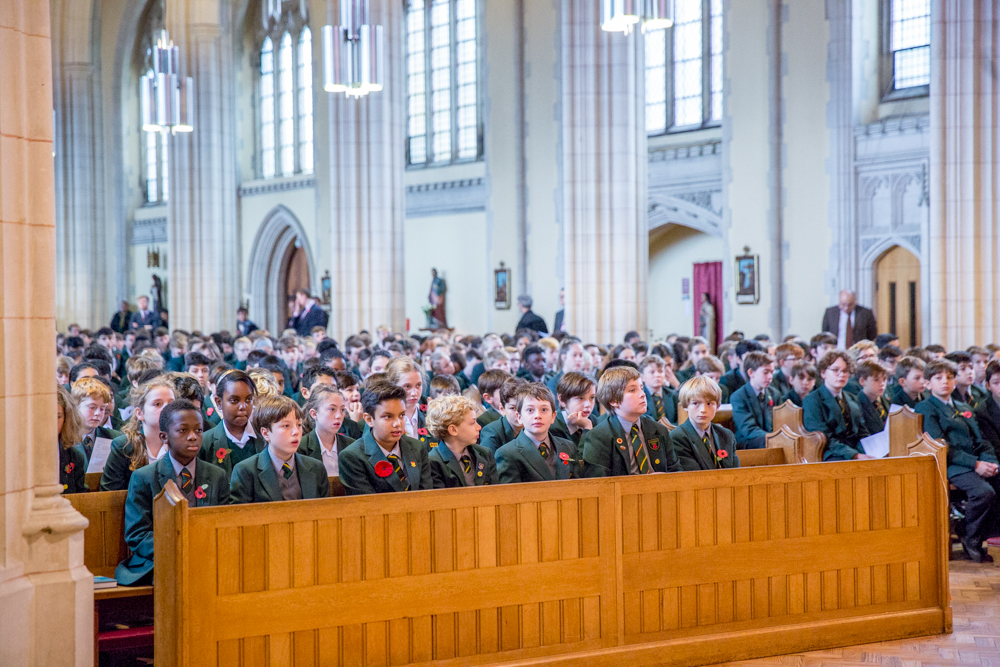We will remember them
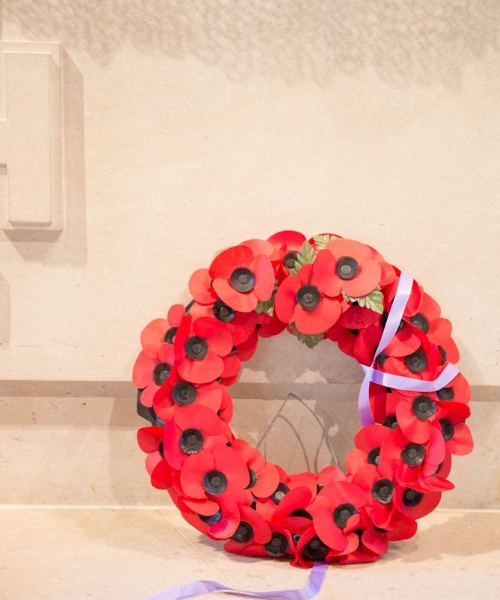
A new war memorial will be unveiled at St Benedict’s on November 11th. Shaun Hullis explains why remembrance is so important.
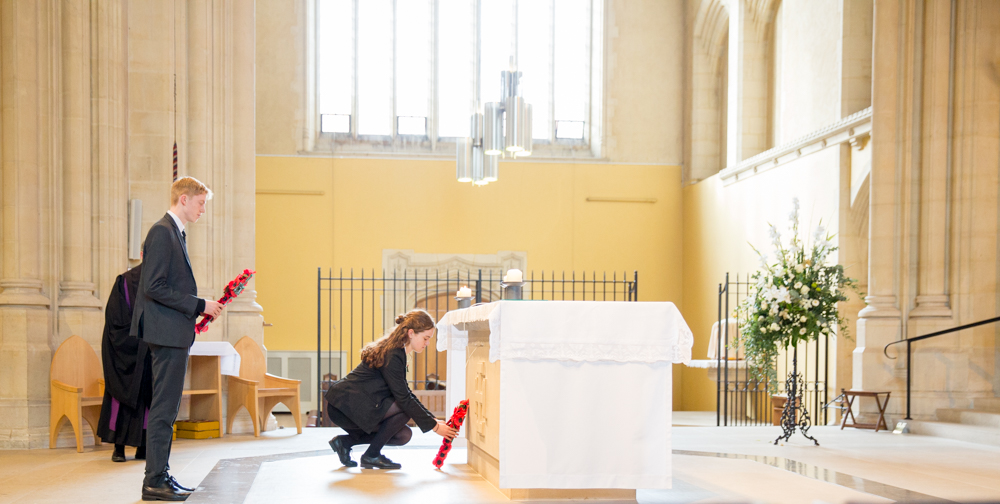
Every family, every school, every village or town or borough or city was touched by the two World Wars, and our tight-knit community at St Benedict’s was no exception. The list of First World War dead is short, but the school was small then, and every death must have been a hammer-blow. Look at the Teeling family: three brothers who went from here to Ampleforth and then to war, two to die and one to be wounded and captured. Ambrose Teeling died during the Battle of the Aisne on September 24th 1914, just a month after British troops first saw action. On his tombstone, his parents wrote: “We loved him in life: Let us not forget him in death: St Ambrose”. What horror they must have felt when, just over four years later as the rest of the world rejoiced at the cessation of hostilities, the news arrived that their son Luke had died of his wounds on November 8th 1918. For him, they chose “Fiat Voluntas Tua. Merciful Jesus Give Him Eternal Rest”.
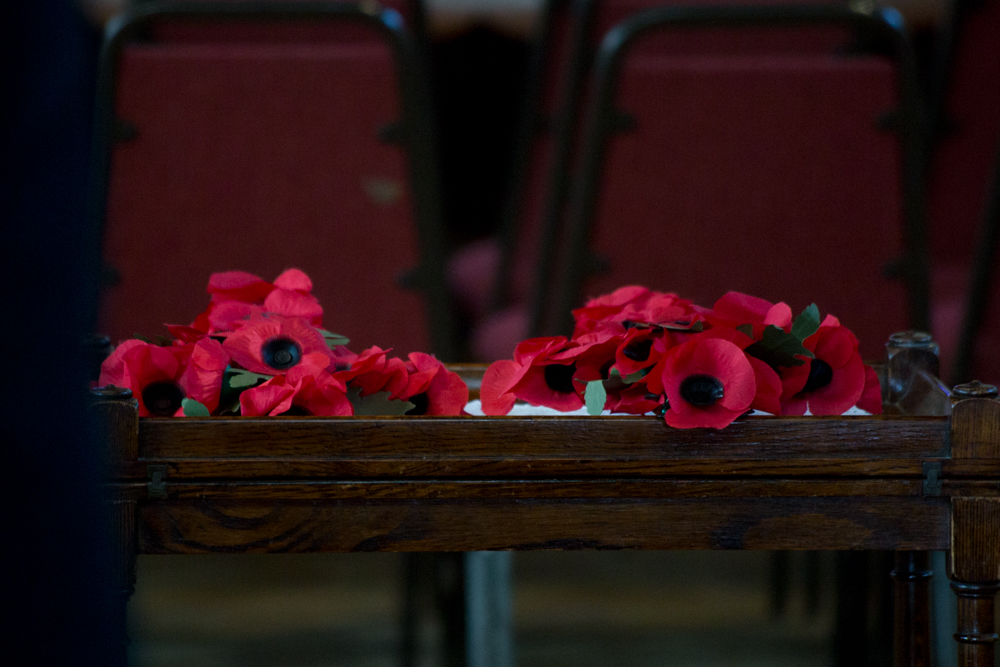
Every family, every school, every village or town or borough or city was touched by the two World Wars, and our tight-knit community at St Benedict’s was no exception.
The first memorial to our war dead was erected in the Abbey church, but that was obliterated by a bomb in the next great conflict. By now the School was larger, the list of the fallen longer, but proportionately the casualties were fewer than in 1914-1918. Whilst most of the First World War dead lie in France and Belgium, the resting-places of the next generation are scattered across the world from Burma to South Ealing. Every one has a story, some of which we know and others which need further research. Why was Clement Bruning, a pre-war fascist under investigation by MI5, in a German internment camp in Poland when he died in 1942? Many have no grave: when Lt/Col Cecil Dyer’s 7/10th Baluchis were over-run by the Japanese in Burma in February 1942, the wounded Dyer was executed and his body left where he fell. He was not the only one to be killed against the rules of war: Sergeant John Patrick Standage “Jock” Austin, a member of the Cricket XI in 1940 (of whom half died), was parachuted into the Netherlands with an SOE Jedburgh team in 1944: captured, he was one of those to whom Hitler’s infamous “Commando” decree applied. His guards executed him on April 4th 1945, a pointless act of spite. The community of St Benedict’s again reeled from the blows: Dom Gervase Hobson Matthews OSB, a former pupil, monk, and teacher, was killed at Dunkirk; Charles Cave went down with the submarine HMS Triton off the coast of Italy in December 1940 – he was the nephew of the first Headmaster, Fr Sebastian Cave.
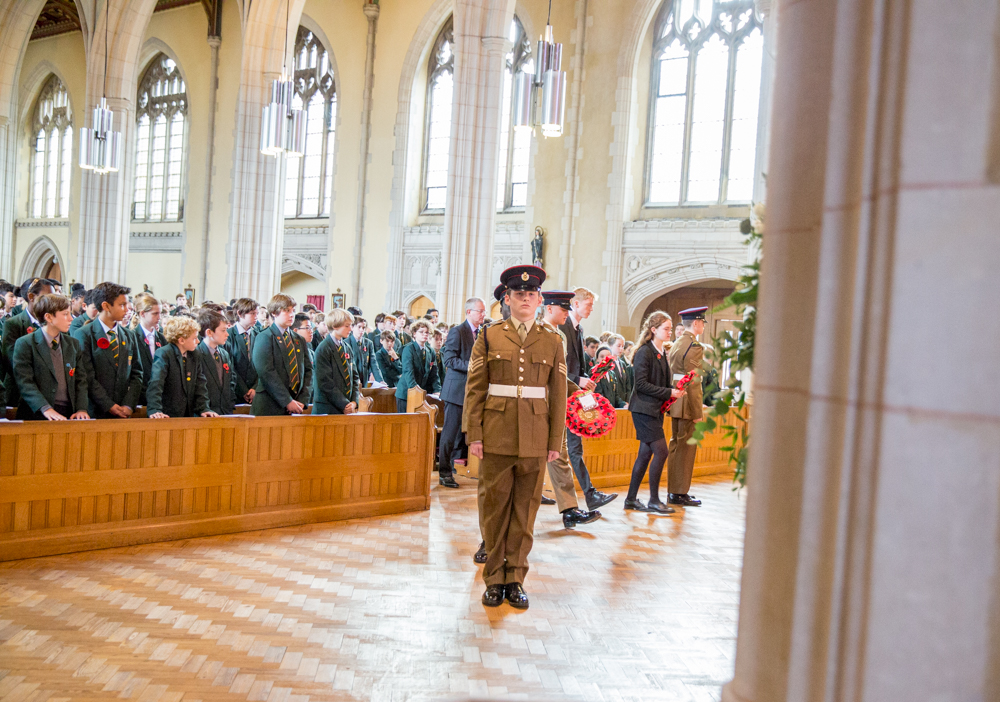
The replacement war memorial produced in the late Nineteen-Forties commemorated all these and more, but did not remember Peter Hand – the coach of that same 1940 Cricket XI – or Clement Bruning; the names of some of the dead were recorded incorrectly; and the memorial has suffered damage and vandalism in its subsequent history. For many years it hung, inaccessible and almost unnoticed, in the Orchard Hall.
Luke Chapman’s marvellous re-creation of our memorial will, I hope, remind generations of St Benedict’s pupils, parents and staff of the selfless commitment and sacrifice of their predecessors.
I came to St Benedict’s in 2012 with a long-standing interest in the war dead of schools at which I had worked. In 2014, one of my best friends died, a veteran of the Second World War whom I had met through my research into one of his comrades in arms. His death brought home to me more than ever the importance of remembrance, and that September I went to the Headmaster and asked permission to try to raise funds to replace our memorial with something more fitting, accurate, and prominent. Four years later, here it is.
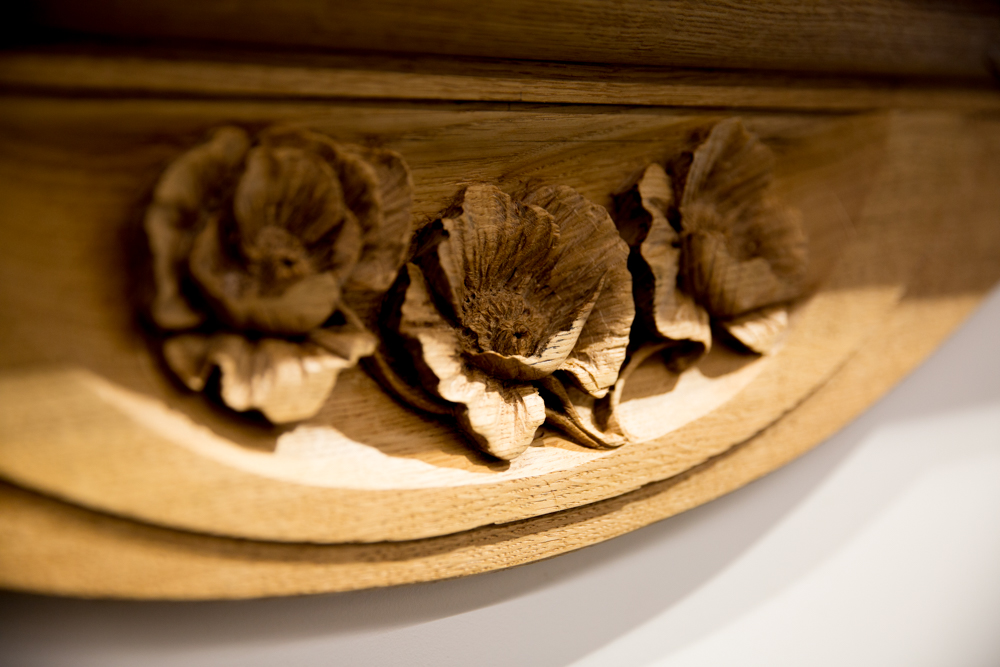
Luke Chapman’s marvellous re-creation of our memorial will, I hope, remind generations of St Benedict’s pupils, parents and staff of the selfless commitment and sacrifice of their predecessors.
An inscription on another school war memorial puts it into words far better than I can:
In the day of battle they forgat not God, who created them to do his will, nor their country, the stronghold of freedom, nor their school, the mother of godliness and discipline. Strong in this threefold faith, they went forth from home and kindred to the battlefields of the world and, treading the path of duty and sacrifice, laid down their lives for mankind. Thou, therefore, for whom they died, seek not thine own, but serve as they served, and in peace or in war bear thyself ever as Christ’s soldier, gentle in all things, valiant in action, steadfast in adversity.
Shaun Hullis
